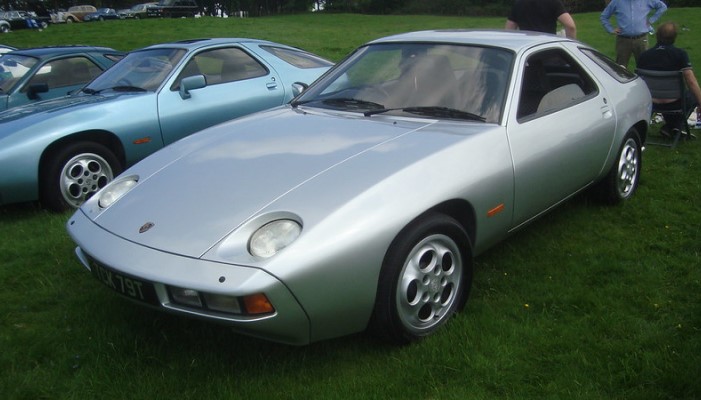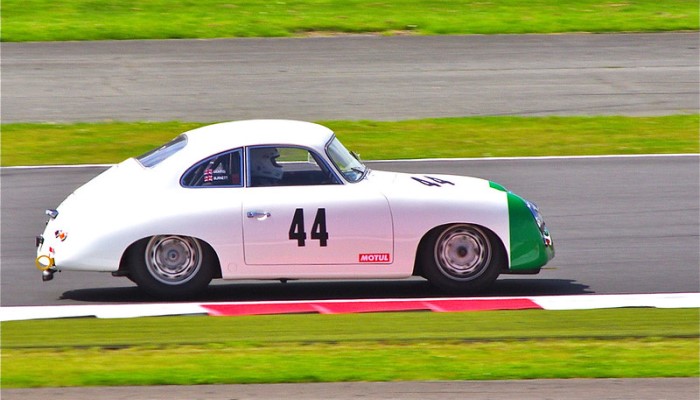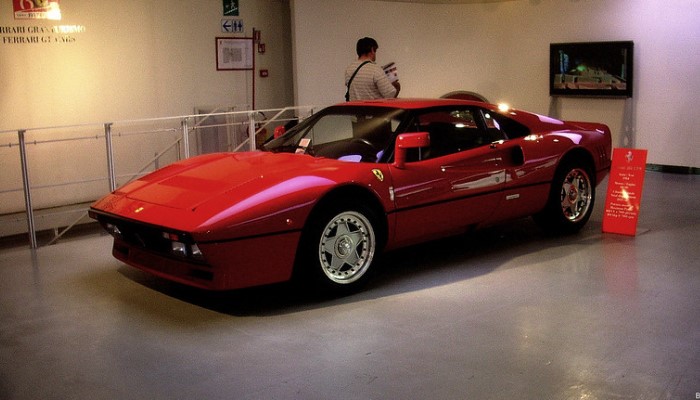Porsche 959
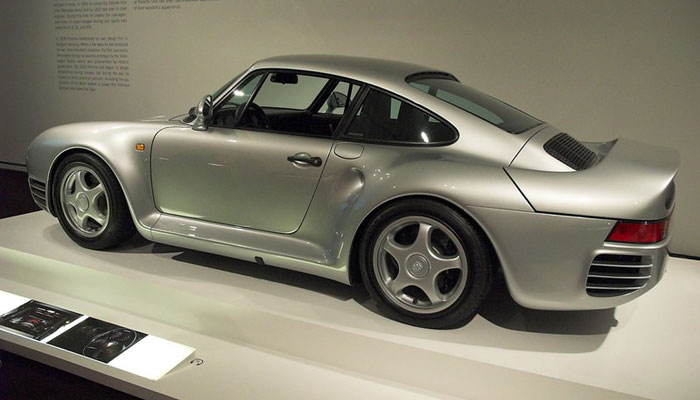
Photo: "DSC_7770-01" by jcheng
The Most Technologically Advanced Car of Its Time
As a result of Rally Group B, Porsche created the famous 959, which was considered the most technologically advanced car of its time and one of the first high-performance cars with all-wheel drive.
The 959 not only gained a name and reputation for itself but also made the entire company famous and served as an inspiration for all-wheel drive in the 911 turbo model. During its history, which lasted only four years, it had only one real competitor, the Ferrari F40.
Development
Development of the 959 began in 1981, shortly after Peter Schutz became the new manager. Porsche's chief engineer Helmuth Bott spoke with Schutz and presented his ideas for the 911 model and for the new model.
Bott's idea was a sports car for a longer period that would be improved over time, and he managed to convince Schuz that the company would start testing all-wheel drive.
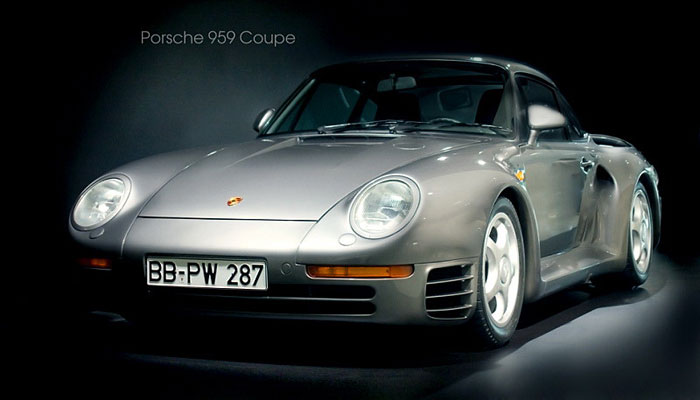
Photo: "Porsche 959 Coupe" by eXage
Rally Group B emerged around the same period, and Porsche decided to use it to develop a new car. Porsche started with an already existing engine, the 174 ci (2.85L) in-line 6 twin turbo that it developed during the 1970s as the Porsche Indy Car and later incorporated into the 961.
A water-cooled engine head, air-cooled engine block, four valves per cylinder, and twin turbos resulted in 450 hp, although there are stories that with small modifications the mentioned engine can generate over 600 hp. Porsche used this engine, without any changes, also in the serial model.
Performance and Specifications
The performance was really impressive. Acceleration to 100 kph (62 mph) was 3.7 seconds, to 200 kph (124 mph) 13.3 seconds, while the maximum speed was 317 kph (197 mph). The entire chassis was made of aluminum, and the weight of the vehicle was 1,450 kg.
Engine Specs
| Engine Type | In-line 6 twin turbo |
| Layout | Rear engine, AWD |
| Displacement | 174 ci (2,849 cc) |
| Power | 450 hp |
| Torque | 500 Nm |
| Power/Weight | 309 hp / Tone |
Performance
| 0-100 kph (0-62 mph) | 3,7 s |
| 0-200 kph (0-124 mph) | 13,3 s |
| 1/4 mile | 11,8 s |
| Top Speed | 197 mph (317 kph) |
Porsche also paid a lot of attention to aerodynamics, and the model had automatic vehicle height adjustment, which was also available in the production model.
However, perhaps the main reason for the great success was the PSK all-wheel drive system, which in that period was by far the best in the world and behaved equally well on asphalt as well as off road.
Presentations and Production
In any case, the first prototype was presented at the 1983 Frankfurt Motor Show, and interestingly, Porsche worked on the model until the morning of its presentation.
Unfortunately, the first prototype did not survive and was later destroyed in crash tests. The production model was presented at the 1985 Frankfurt Motor Show as a 1986 model, but due to production problems it did not appear on the streets until a year later.
The 959 came in two versions, "Sport" and "Komfort", depending on the driving conditions. The first model found a buyer in 1987, and the starting price was $225,000, or about half of what it cost Porsche to produce each model.
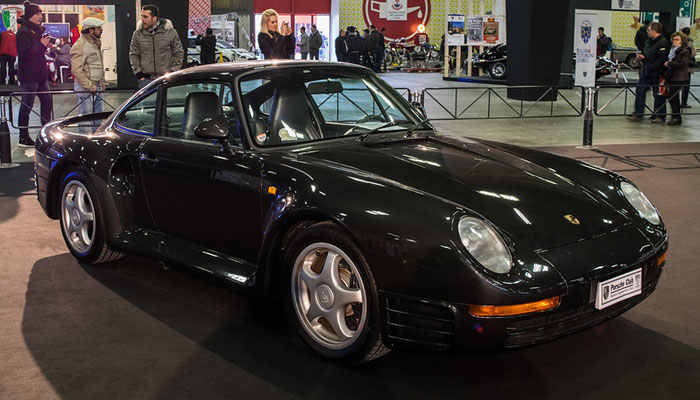
Photo: "Porsche 959" by 19Cefa94
Production was stopped the following year (1988), and a total of 337 models were made, including 37 prototypes. One of the models is now in the Porsche Museum in Stuttgart. However, that was not the end.
During 1992 and 1993, Porsche made eight more copies of the remaining parts, and the price was much higher (747,600 DM, while the previous model cost 420,000 DM).
Porsche 959 in North America
The 959 was not legal to drive in North America, but some models still ended up. The reason the Americans didn't allow the 959 to be sold in America was because Porsche persistently refused to send crash test results.
However, in 1999, the 959 was finally allowed to be street legal. Since then, a few models have found their way onto the streets, but most are still in private ownership and museums. One of the most famous models is known as the Gates 959.
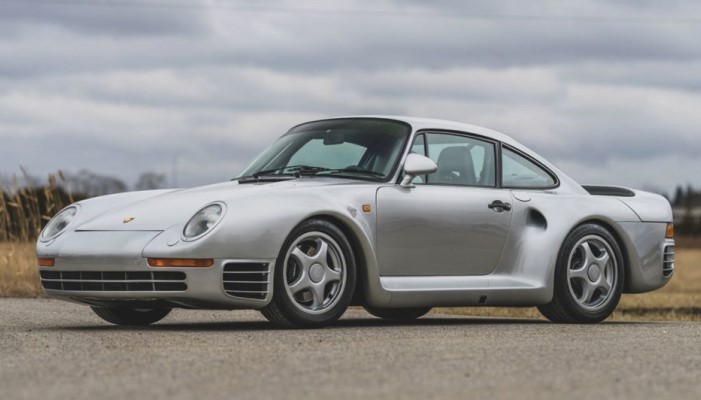
It was the 959 that Bill Gates imported to America in 1987, and Paul Allen and Jerry Seinfeld followed suit. All three models were garaged in Seattle, Washington, until 1999, when the rules were changed.
In 2004, Sports Car International magazine declared the Porsche 959 as the best sports car of the 1980s.
Sports Career
As we mentioned earlier, the 959 was built for Rally Group B, but when this group was shut down, the model was used in the Paris-Dakar Rally. After a very disappointing 1985 season when none of the three cars finished the race, in the following year, 1986, the 959 took the first two positions.
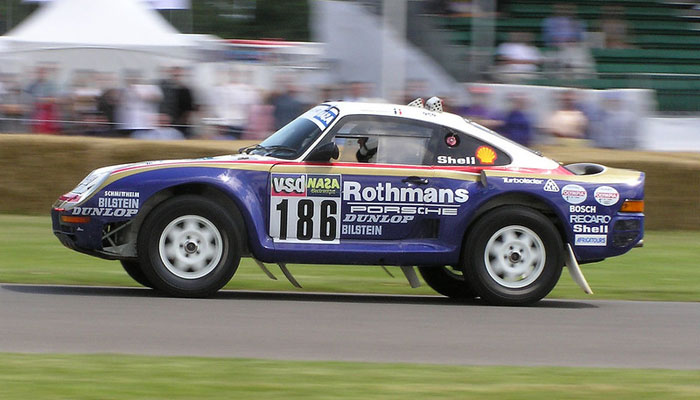
Photo: "Porsche 959 Dakar racer - Goodwood Festival of Speed" by PSParrot
A racing version of the 961 based on the 959 also competed in the 1986 Le Mans 24 Hours and finished first in its class and seventh overall. The model returned the following year but failed to finish the race.
Current Worth: Million+ Dollars Baby
Oh, Yes! These babies belong to the "millionaires club". Judging by the graph below, we can see that $1M is the minimum price for this piece of automotive history.
So, if you have "a little bit" of extra money like Bill Gates or Paul Allen, here's your chance.

Unique Car Zone Team
A group of several fans of everything that moves on four wheels, a few article creators, a couple of marketing strategists, designers, web developers, and lots of coffee.




